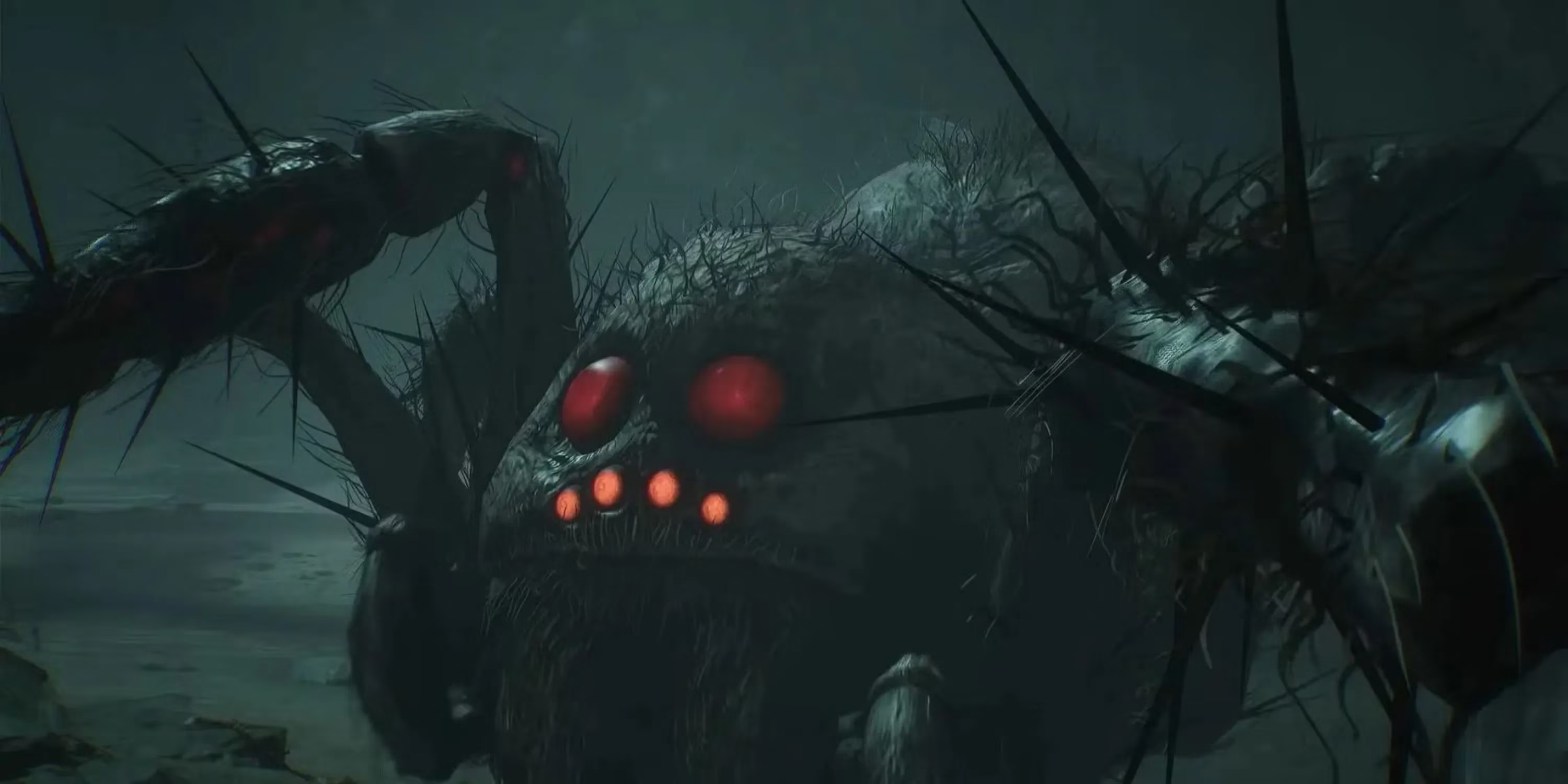Gaming's Eight-Legged Terrors: Spiders That Haunt Players
Experience the terrifying impact of spiders in video games like Metro, Minecraft, and Hogwarts Legacy, where high-def visuals and VR amplify primal fears, creating immersive nightmares.
For gamers, spiders in video games are often dismissed as just another pesky foe—annoying but manageable, like that one relative who always overstays their welcome. But for arachnophobes, these digital horrors transform controllers into panic buttons, prompting uninstalls and existential questions about developers' sanity. Rendered in high-definition with skittering legs and leering eyes, these creatures tap into primal fears, turning cozy gaming sessions into sweaty-palmed nightmares. What makes them truly weaponized isn't just their design or behavior; it's how games like Metro: Last Light, Minecraft, and Hogwarts Legacy refuse to offer easy outs, forcing players to confront their deepest dreads in pixelated glory. And in 2025, with advancements in graphics and VR, these terrors feel more vivid than ever, proving that game devs have mastered the art of arachnid-induced anxiety. 😱
Metro: Last Light: The Underground Nightmare
In Metro: Last Light, players already grapple with claustrophobic tunnels and mutant threats, but the Nosalis spiderbugs crank the fear to eleven. These aren't your average spiders; they're mutated abominations with armored shells and glistening legs that scuttle at impossible angles, thriving in shadows and fleeing from light. Players must juggle a draining flashlight and flamethrower just to survive, as every flicker invites a swarm. Imagine them as overzealous parking meters—silent until they pounce, then demanding your full attention with screeches and venomous intent. The game punishes anyone entering spider zones without maxed-out gear, making it a trial of nerves. People also ask: 'Why do spiders in horror games often flee from light?' Well, it heightens the tension, forcing players into a desperate dance of resource management.
Minecraft: The Pixelated Peril
At first glance, Minecraft's blocky world seems cheerful, but its spiders ambush players with unnerving realism. These creatures are huge—player-sized—and unnaturally fast when locked on, with chittering sounds that bypass logic and dive straight into discomfort. What amplifies the terror is their climbing ability; walls, trees, or mineshafts are no barrier, as they scale anything to drop from unseen ledges or crawl into beds at night. Think of them as that one coworker who always finds your lunch in the office fridge—persistent, invasive, and impossible to avoid. 🕷️ In survival mode, their screech in pitch-black caves spikes heart rates, making them a constant menace. Players also wonder: 'Which games have arachnophobia modes?' Minecraft lacks one, so mods are a common escape.
Hogwarts Legacy: The Forbidden Forest Fiasco
Hogwarts Legacy promises a whimsical wizarding adventure, but the Forbidden Forest shatters that illusion with Acromantulas—oversized, high-fidelity spiders that twitch and skitter with nightmare-inducing animations. They're everywhere: dens infest the Scottish Highlands, and a late-game mission drops players into an underground lair swarming with hundreds.  Players can use spells like Incendio, but many would rather uninstall than face these horrors. The devs added an Arachnophobia Mode post-launch, turning spiders into floating boxes with roller skates—a lifesaver for the fearful. People also ask: 'How common are spider enemies in RPGs?' In this case, they're as ubiquitous as bad Wi-Fi in a coffee shop, ruining otherwise magical moments.
Players can use spells like Incendio, but many would rather uninstall than face these horrors. The devs added an Arachnophobia Mode post-launch, turning spiders into floating boxes with roller skates—a lifesaver for the fearful. People also ask: 'How common are spider enemies in RPGs?' In this case, they're as ubiquitous as bad Wi-Fi in a coffee shop, ruining otherwise magical moments.
Skyrim: The Frostbite Fiends
Skyrim's frostbite spiders lurk in Nordic ruins, startling even hardened Dovahkiin with screeching ambushes. They come in sizes from quick pests to horse-sized bosses that spit venom or hang silently from ceilings. Their threat peaks in early-game dungeons, where narrow corridors limit dodging, and they spawn from eggs mid-fight. Picture them as tax auditors in a fantasy realm—unexpected, unwelcome, and always demanding attention. Console players can't mod them away, enduring those eight glistening eyes in places like Bleak Falls Barrow. People also ask: 'Are spiders more terrifying in fantasy games?' Absolutely, because they blend realism with mythical dread.
Limbo: The Silent Stalker
Limbo's monochrome world strips everything to silhouettes, but its spider is unforgettable—a hulking force that hunts the player with slow, deliberate movements. It doesn't jump-scare; it builds dread, impaling or dragging victims in animations that feel like a bad breakup—lingering, painful, and impossible to ignore. The spider's minimal actions amplify terror, proving that less is more in horror. People also ask: 'Why do spiders in games cause such primal fear?' It's the combination of unpredictability and vulnerability they exploit.
Grounded: The Backyard Behemoth
In Grounded, players shrink to ant-size, making the wolf spider a god-like terror that prowls tall grass with earth-shaking footsteps. It one-shots undergeared players and finds its way into leaf huts, while orb weavers block paths with webs. The arachnophobia slider ranges from floating blobs to full horror, with the halfway setting still causing flinches. It's like a UPS truck in a dollhouse—massive, unavoidable, and always arriving at the worst time. People also ask: 'What accessibility options help with spider fears?' Grounded's slider is a benchmark, but many games lag behind.
Looking ahead, I predict that by 2030, VR advancements will make spiders feel like they're crawling on your skin—unless devs embrace 'fluffy modes' with laser-eyed bunnies as alternatives. For now, these eight-legged nightmares remain gaming's ultimate test of courage. 😨
